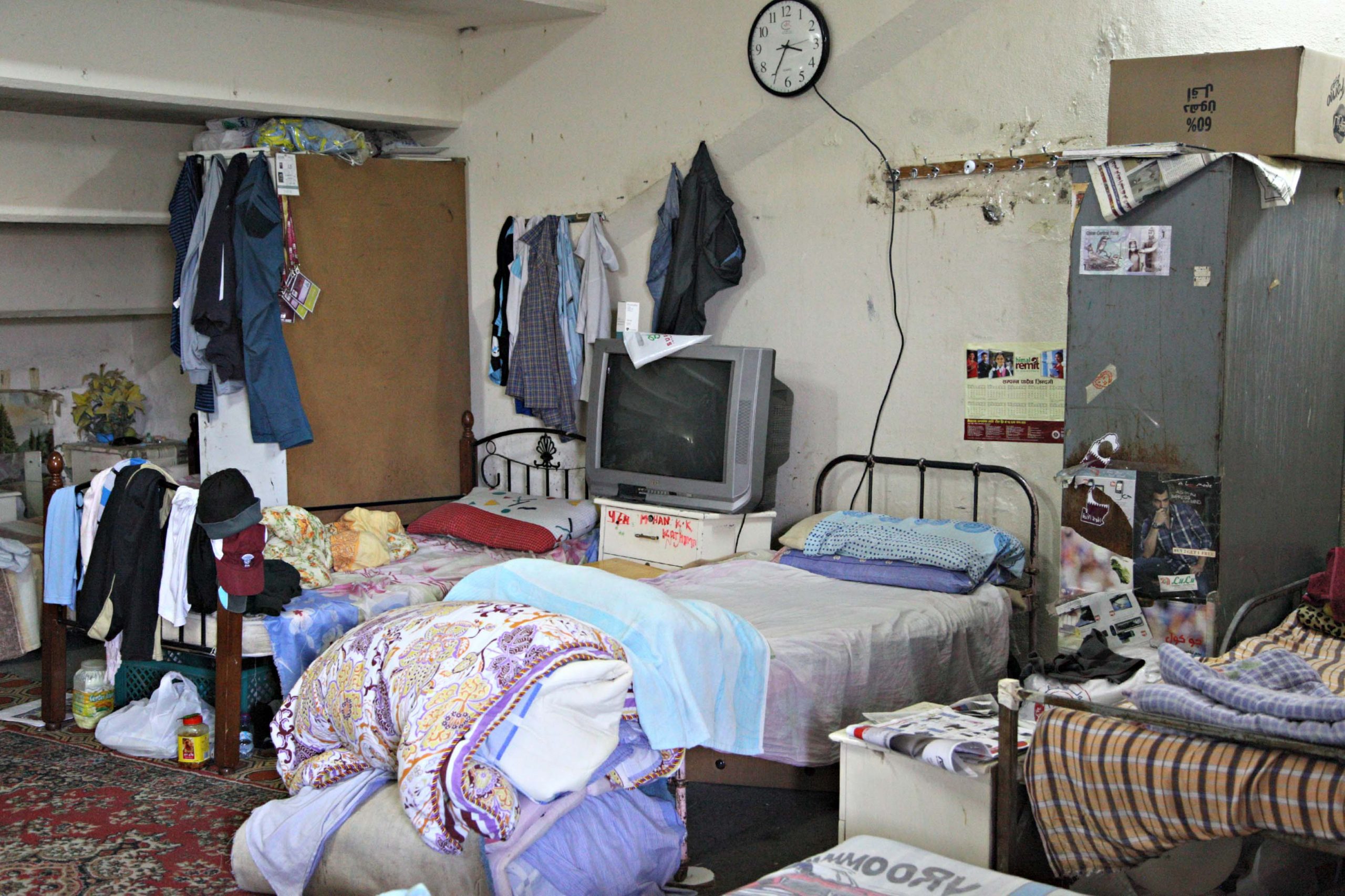
Qatar’s low-income workforce has grown dramatically in the past six years and is responsible for most of the country’s population growth, according to recently released figures from the government.
Details from the 2015 census, published by the Ministry of Development Planning and Statistics (MDPS) earlier this month, show that 60 percent of Qatar’s population was living in labor camps when the figures were collected slightly more than a year ago.
That’s up from 54 percent in 2010.
The MDPS previously defined a “labor camp” as any dwelling occupied by seven or more individuals who don’t fit the traditional definitions of a household, which are more cohesive and have family-like characteristics such as sharing food.

This suggests that the ministry’s figures includes many of the country’s retail and service-sector employees, in addition to blue-collar workers living in the Industrial Area.
MDPS figures show that between 2010 and 2015, the number of residents living in labor camps increased by more than half a million (525,000) people to 1.44 million.
Meanwhile, the country’s overall population rose about 705,341 people during the same time period.
That means nearly three out of every four people who moved to Qatar over the last five years are living in high-density shared housing like labor camps.
Overcrowding in Qatar’s low-income housing units has long been criticized by international observers, including a United Nations human rights expert.
Following a 2013 visit to the country, François Crépeau – the UN special rapporteur on the human rights of migrants – said he saw several tightly packed units, many of which contained bunk beds, which are a violation of Qatar’s laws.
Beyond blue-collar workers
Qatar’s labor-intensive construction boom helps explain the country’s dramatic population growth, but doesn’t tell the full story, the figures show.
For example, the number of women – who generally don’t work in manual construction jobs in Qatar – who live in “labor camps” has increased more than six-fold over the past five years. The figure has gone from less than 15,000 women in 2010 to nearly 96,000 last year.
There are other number in the census that suggest the growth in Qatar’s low-income workforce goes beyond the construction sector.

Data shows that already dense working-class neighborhoods in central Doha such as Old Al Ghanim have added even more residents over the last five years.
In theory, these areas are off-limits to single male residents unless they work in certain service sectors, such as grocery stores or barbershops.
The census figures also illustrate the challenge facing government planners in meeting Qatar’s development goals.
The country wants to increase the proportion of “high-skilled, high-paid immigrants in the labor force, with a larger number of dependent children and spouses,” according to Qatar’s National Development Strategy.
However, the document – which was largely prepared before the country was awarded hosting rights for the 2022 World Cup – also noted that “a persistence of low wages in the private sector would entrench the bias towards labour-intensive technologies and push in the direction of a larger but less skilled population.”
Thoughts?







